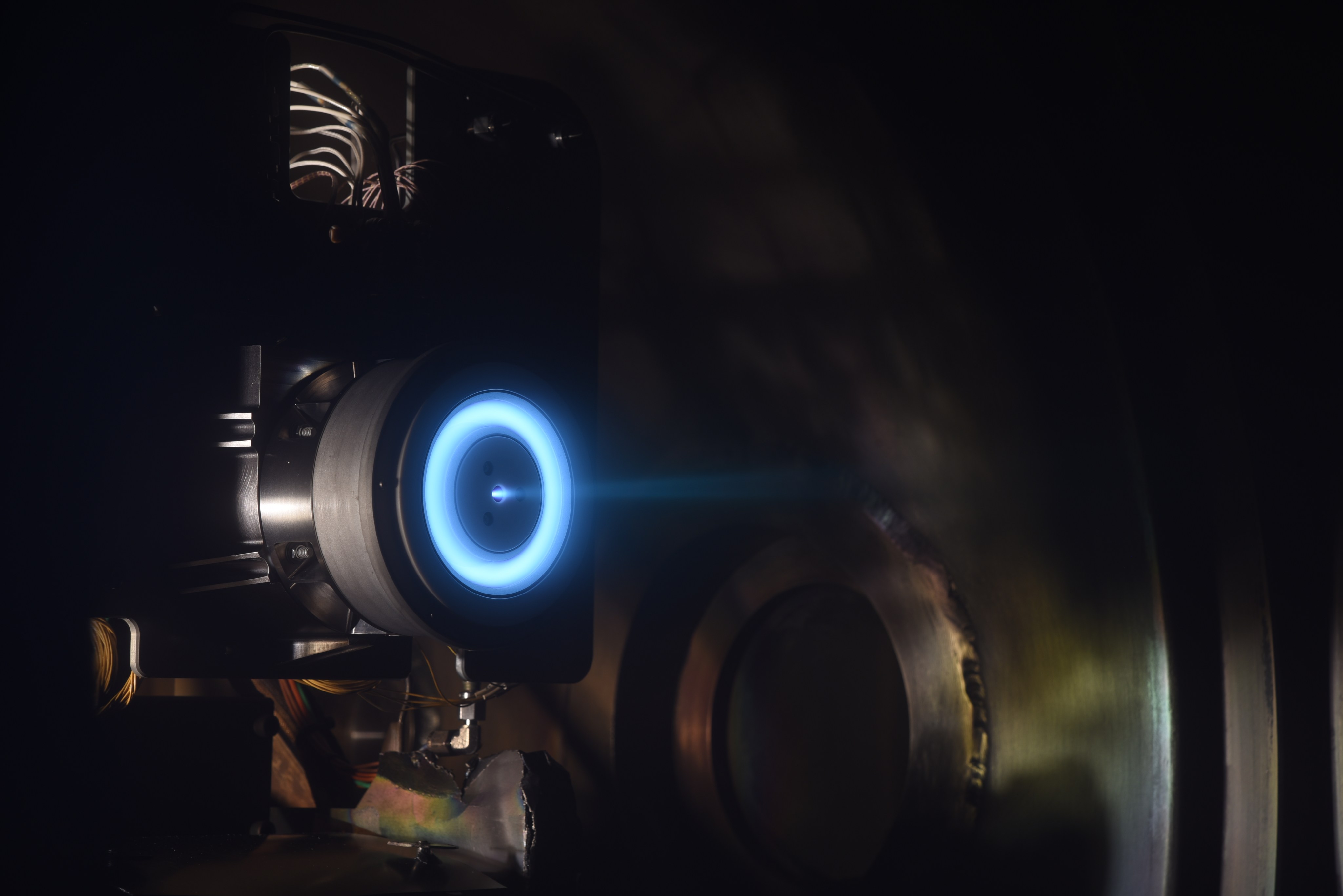4 min read
April 19, 2013: Anticipation is building as Comet ISON plunges into the inner solar system for a close encounter with the sun in November 2013. Blasted at point-blank range by solar radiation, the sungrazer will likely become one of the finest comets in many years.
When NASA's Swift spacecraft observed the comet in January 2013, it was still near the orbit of Jupiter, but already very active. More than 112,000 pounds of dust were spewing from the comet's nucleus every minute.
It turns out, some of that dust might end up on Earth.
In a new ScienceCast video, experts discuss what might happen if Comet ISON peppers Earth's atmosphere with dust.
Veteran meteor researcher Paul Wiegert of the University of Western Ontario has been using a computer to model the trajectory of dust ejected by Comet ISON, and his findings suggest that an unusual meteor shower could be in the offing.
"For several days around January 12, 2014, Earth will pass through a stream of fine-grained debris from Comet ISON," says Wiegert. "The resulting shower could have some interesting properties.
According to Wiegert's computer models, the debris stream is populated with extremely tiny grains of dust, no more than a few microns wide, pushed toward Earth by the gentle radiation pressure of the sun. They will be hitting at a speed of 56 km/s or 125,000 mph. Because the particles are so small, Earth’s upper atmosphere will rapidly slow them to a stop.
"Instead of burning up in a flash of light, they will drift gently down to the Earth below," he says.
Don’t expect to notice. The invisible rain of comet dust, if it occurs, would be very slow. It can take months or even years for fine dust to settle out of the high atmosphere.
While the dust is “up there,” it could produce noctilucent clouds (NLCs).
Paul Wiegert's model of the Comet ISON debris stream:
NLCs are icy clouds that glow electric-blue as they float more than 80 km above Earth's poles. Recent data from NASA's AIM spacecraft suggests that NLCs are seeded by space dust. Tiny meteoroids act as nucleating points where water molecules gather; the resulting ice crystals assemble into clouds at the edge of space itself.
This is still speculative, but Comet ISON could provide the seeds for a noctilucent display. Electric-blue ripples over Earth's polar regions might be the only visible sign that a shower is underway.
Wiegert notes another curiosity: "The shower is going to hit our planet from two directions at once."
When Earth passes through the debris stream, we will encounter two populations of comet dust. One swarm of dust will be following the Comet ISON into the sun. Another swarm will be moving in the opposite direction, pushed away from the sun by solar radiation pressure. The streams will pepper opposite sides of Earth simultaneously.
"In my experience, this kind of double whammy is unprecedented," says Wiegert.
Bill Cooke, lead scientist at NASA's Meteoroid Environment Office, says there's little danger to Earth-orbiting spacecraft. "These particles are just too small to penetrate the walls of our satellites, and they don't stand a chance against the heavy shielding of the ISS." However, he adds, mission operators will be alert around January 12th for possible anomalies.
Sky watchers should probably be alert, too. The odds of seeing anything are low, but Comet ISON could prove full of surprises.
Credits:
Author: Dr. Tony Phillips | Production editor: Dr. Tony Phillips | Credit: Science@NASA
More information:
Comet of the Century? -- ScienceCast video about Comet ISON
NASA's Swift Sizes Up Comet ISON -- press release
The NASA Comet ISON Observing Campaign -- get involved!







